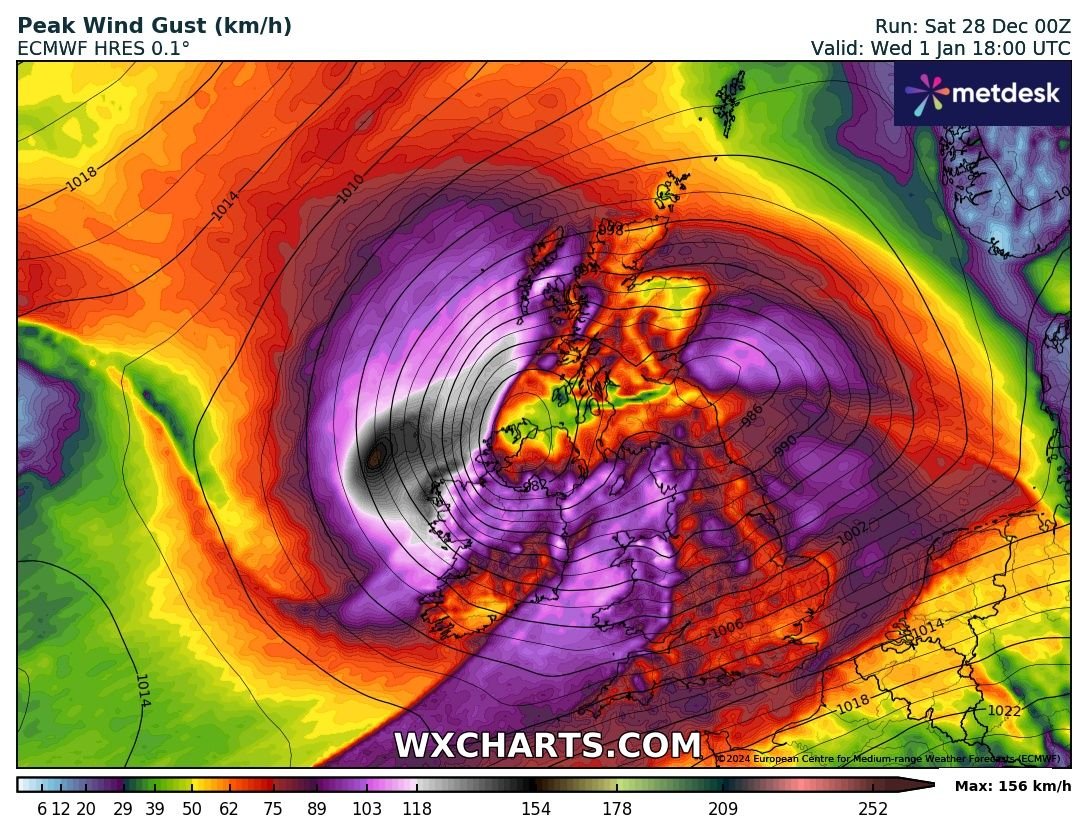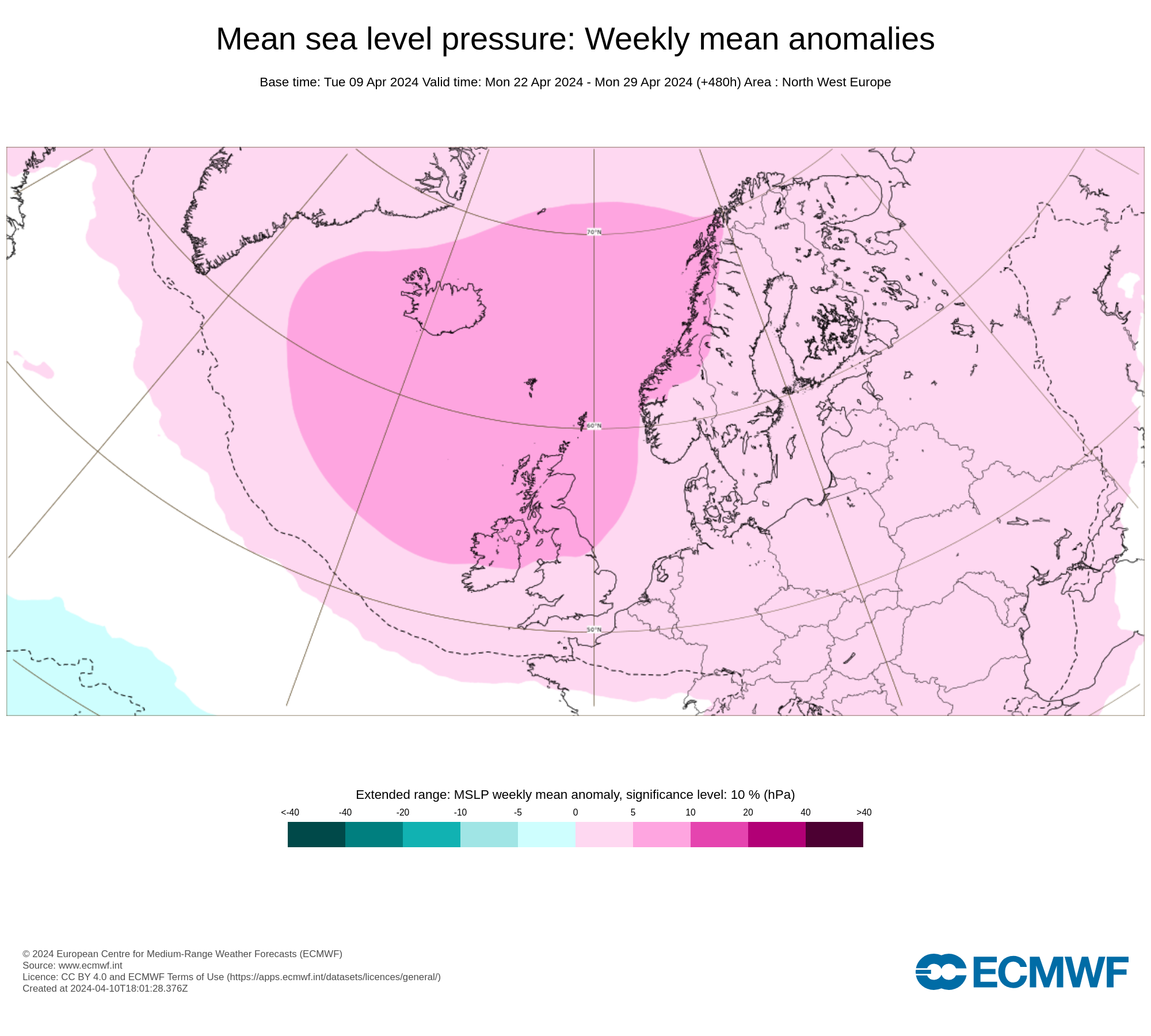IRISH WATER EXTEND HOSEPIPE BAN FOR 16 COUNTY'S UNTIL THE 30TH OF SEPTEMBER
Hose pipe ban in place for 16 county's in Ireland until the 30th of September
Water Conservation Order (Hosepipe Ban) extended in some areas until 30 September to safeguard water supplies
Detailed analysis of drinking water sources has been considered
The Irish Water Board met today to assess the need to extend the Water Conservation Orders that will expire on Friday, 31 August in a bid to safeguard water supply for homes and businesses across the country.
The Board considered detailed analysis of drinking water sources (river flows and lake levels) from engineering experts within Irish Water and the local authorities, including the hydrologist records of OPW and the ESB and future weather forecasts. The Board determined that the Water Conservation Order will remain in place for the Greater Dublin Area which includes Dublin, Wicklow and Kildare and in counties Louth, Meath, Offaly, Westmeath, Laois, Cork, Kerry, Limerick, Tipperary, Waterford, Wexford, Carlow and Kilkenny until Sunday, 30 September 2018.
The Water Conservation Order prohibits use of water drawn through a hosepipe or similar for the purpose of
watering a garden
cleaning a private motor-vehicle using a hosepipe
- cleaning a private leisure boat using a hosepipe
- filling or maintaining a domestic swimming or paddling pool (except when using hand held containers filled directly from a tap)
- filling or maintaining a domestic pond (excluding fish ponds) using a hosepipe
- filling or maintaining an ornamental fountain (with the exception of such use for commercial purposes)
- use of water for filling or replenishing an artificial pond (excluding fish ponds), lake or similar application
CONTINUES BELOW
How is Irish Water managing resources in these Counties?
We are continuing to manage scarce resources in these areas with the local authorities and specialist contractors doing everything practical to reduce leaks, manage demands and maintain continuity of supply. Emergency work on upgrading borehole pumping plants, introducing new boreholes in some areas and deploying temporary weirs at critical river intakes are helping to maximise water available in these southern counties.
Conservation Order has been lifted for the north west region
The Water Conservation Order has been lifted for the north west region which includes Clare, Galway, Mayo, Sligo, Leitrim, Roscommon, Donegal, Longford, Cavan and Monaghan. In the midlands and south east, supplies are now generally functioning normally with full service levels available. However, borehole and river levels remain historically low and we must provide for potentially dry weather during September. We are therefore appealing to all customers to continue to conserve water in these areas as the supplies remain lower than normal.
North and West
The first four weeks of August has seen some periods of rainfall nationally. In the north and west of the country, this has resulted in increased flows in rivers, some recovery in lake levels, which have been confirmed by the OPW and ESB monitoring data. In these areas, in particular, we have been able to scale back the emergency measures put in place during July, with the majority of water supplies working normally.
Supplies remain very critical in the south
In the south, the water supply remains very critical, especially in counties Cork, Limerick and parts of Kerry. Hydrological reports show water levels to be stable or falling, despite recent rainfall. We are continuing with emergency measures and very close monitoring and contingency planning. To support the supplies to Cork City and Harbour areas, we have put in place emergency pumping at Inniscarra to meet the water supplies of the city and the region. In Limerick the latest hydrometric data shows that the river Deel levels were lower than normal at the end of July so tankering and/or restrictions are required on supplies serving Oola, Pallasgreen, Doon, Hospital, Kilfinnane and Knocklong. In Kerry the Lough Guitane source supplying the central region remains critically low to date.
Greater Dublin Area
In the Greater Dublin Area, water supplies are being maintained with minimum service disruption. Water conservation by householders and businesses, continued work on leakage management and night-time pressure management has manged to contain overall regional daily usage to around 550 million litres. However, sources remain low and storage in the Pollaphouca Reservoir continues to drop though at a slower rate in August than in July. While demand has been below last year’s level in recent weeks, we expect that demand will be higher over the coming months with the return of schools and colleges.
Based on the current storage levels in Pollaphuca and Vartry, there is now a reasonable prospect that we will be able to meet the region’s needs through Autumn with a continued conservation effort. However, in the event of an unusually dry September/October, the levels would reduce to minimum reserve levels, below which some further restrictions would arise. At this stage, levels will be at historic low levels going into the winter, we will be anxiously watching the lake recovery to ensure that we enter 2019 with a full reserve. Given the critical reliance of over 1.6 million people and the region’s businesses on these resources, we believe that the urgent focus on water conservation will be needed through the coming months.

















